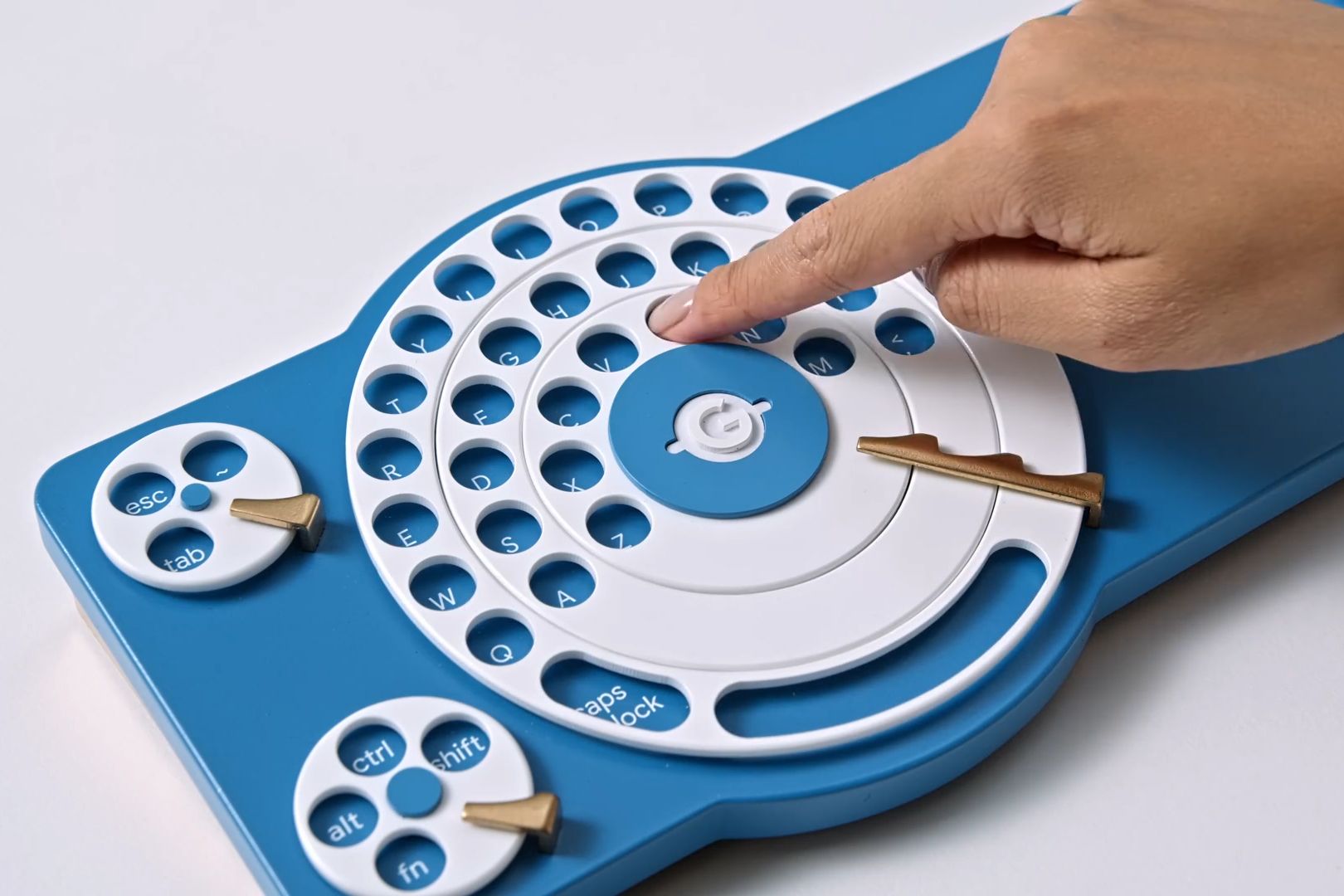Google Japan just dropped something completely unexpected - open-source plans for a working keyboard that looks like it came straight from 1950. The Gboard Dial Version ditches keys for rotary phone dials, and surprisingly, it actually works. While this won't revolutionize productivity (quite the opposite), it's a fascinating glimpse into how retro design can meet modern engineering.
Google just proved that sometimes the best way forward is backward. The tech giant's Japanese division has been quietly building a reputation for wonderfully weird keyboard experiments, and their latest creation might be their most audacious yet - a fully functional keyboard that replaces every key with rotary phone dials.
The Gboard Dial Version isn't just a visual gag. Each of the nine dials corresponds to different alphanumeric characters and functions, including a dedicated dial just for the return key. To type, you stick your finger in the appropriate hole and rotate until it hits the limit, then release. The dial springs back to position, just like those old rotary phones your grandparents used.
What makes this particularly clever is how Google's engineers solved the technical challenge. Traditional rotary phones used pulse dialing - generating electrical pulses as the spring-loaded mechanism returned to its home position. The phone company's equipment would count these pulses to determine which number was dialed. Google Japan's version ditches the pulse system for modern rotational sensors that translate each dial movement into standard USB signals.
The attention to detail extends beyond the keyboard itself. Just like hanging up a phone ended your call, the team created an accompanying mouse stand that automatically turns off your webcam during video calls when you place your mouse on top of it. It's these thoughtful touches that elevate this from a simple novelty to genuine design thinking.
This latest creation follows Google Japan's track record of experimental keyboards that started with an April Fools' prank in 2021. That original concept featured a cylindrical keyboard shaped like a traditional Japanese Yunomi tea cup. They later developed a 65-inch-long keyboard monstrosity with every QWERTY key arranged in a single continuous strip.
What sets this rotary keyboard apart is Google's decision to open-source the entire project. Unlike previous concepts that remained internal experiments, the complete design files are now available on GitHub. The repository includes everything needed for DIY construction: 3D printer models, PCB designs, component lists, and assembly instructions.












